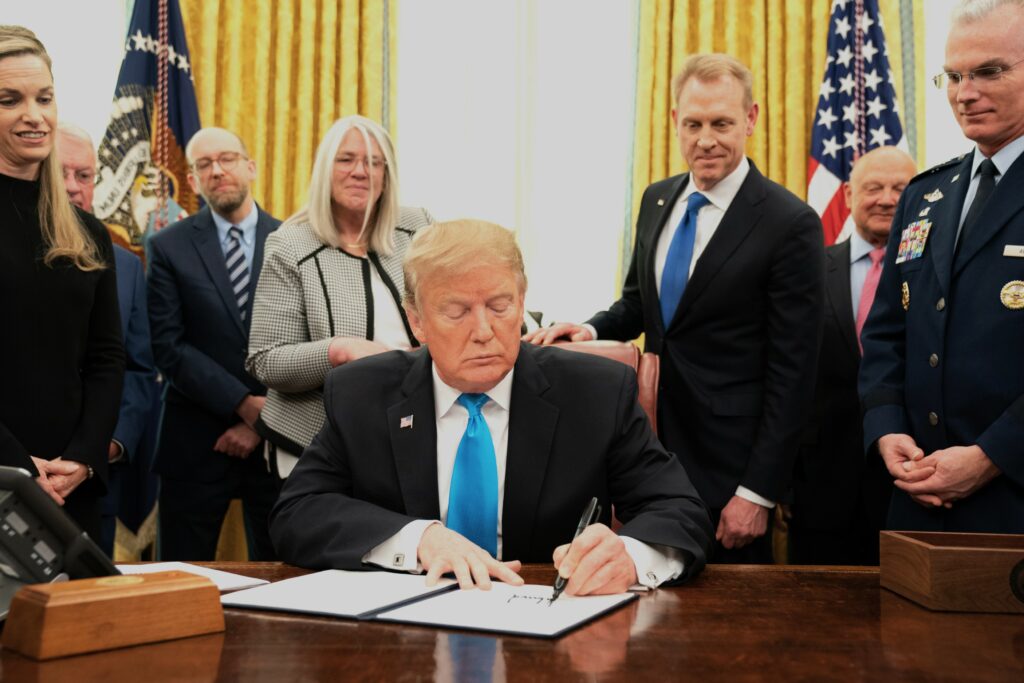
Former President Donald Trump is set to sign an executive order aimed at dismantling the U.S. Department of Education, a move that could significantly reshape the nation’s education system. The order is part of a broader effort to return control of education policy to individual states and reduce federal oversight.
While the executive order signals Trump’s intent, fully dismantling the Department of Education requires congressional approval—a difficult hurdle given the legislative landscape. The administration has already initiated deep staff reductions, cutting nearly half of the department’s workforce. Education Secretary Linda McMahon has assured that critical programs, including student loans, Pell Grants, and special education funding, will continue despite the restructuring.
However, the move has triggered immediate legal challenges. A coalition of 21 state attorneys general has filed a lawsuit, arguing that the cuts undermine essential federal education functions. A federal judge in Maryland recently ruled that certain terminations violated employment laws, forcing the administration to reinstate affected workers. The White House has vowed to appeal the decision.
Critics, including the National Education Association, warn that dismantling the department could weaken national education standards and disproportionately affect low-income, disabled, and minority students. Supporters, on the other hand, argue that shifting control to state and local governments will allow for more effective and customized education policies.
As legal battles unfold and political debates intensify, the future of federal involvement in education remains uncertain.



